#Roedig Schop
Photo

Bauwelt issue 9.2019 “A Park with Follow” will be published on May 3rd, 2019
#bauwelt magazine#Bauwelt#architecture#magazine#editorial office#gleisdreieck#park#berlin#atelier loidl#florian schmidt#florian thein#ortnerundortner#robertneun#baufrösche#Roedig Schop#ksp#gleisdreieckpark#swarovski#snohetta#alnatura#haascookzemmerich Studio 2050
1 note
·
View note
Photo
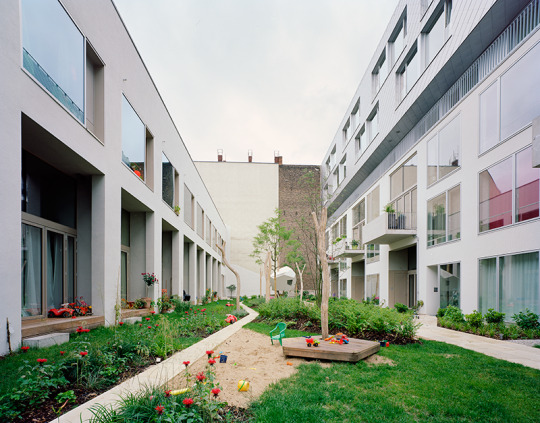
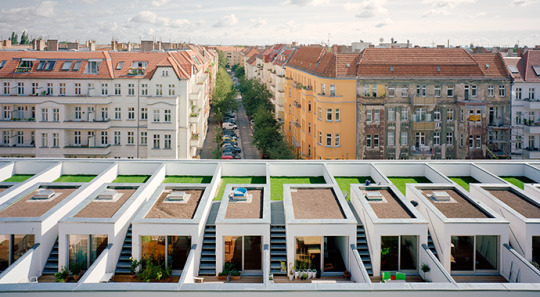
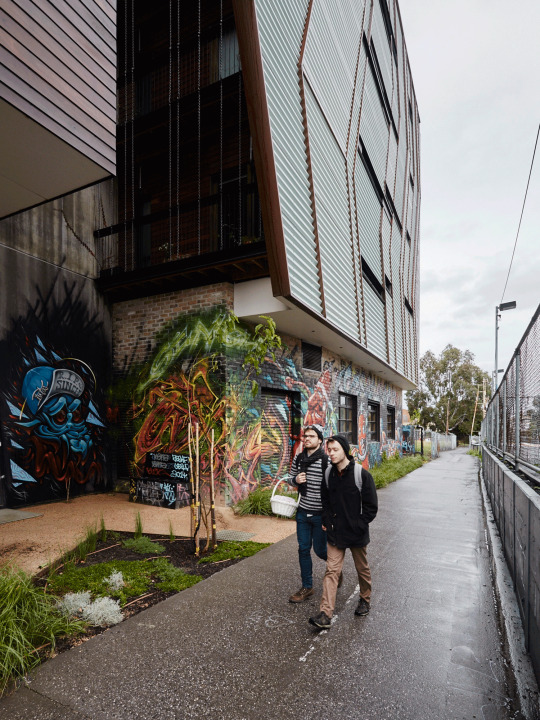
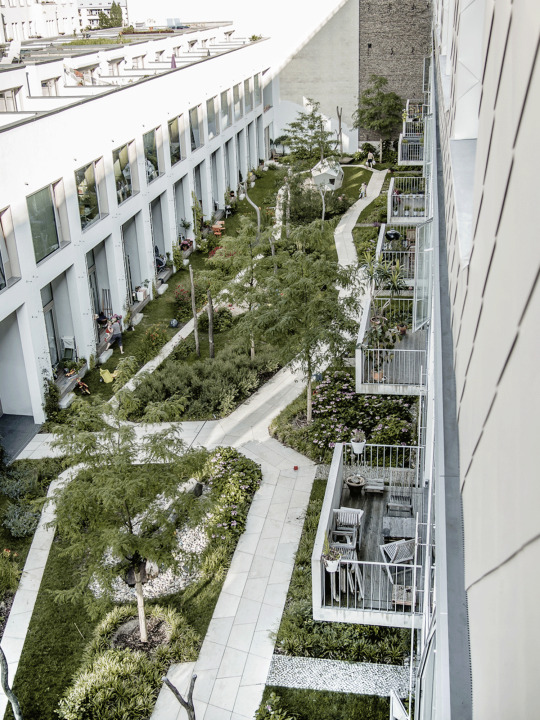
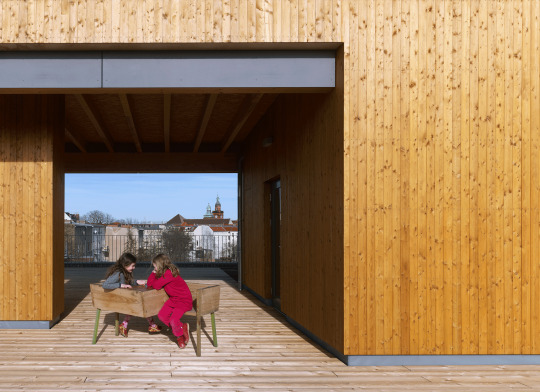
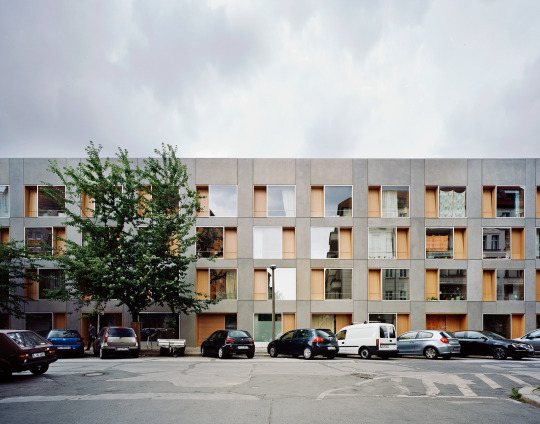
ON OUR WEBSITE
As good quality inner-city housing becomes increasingly out of reach for many Australians, Katherine Sundermann considers Berlin-based alternative housing models and what Melbournians could learn from the German capital, where many residents have taken it upon themselves to lead their own housing developments.
Dubbed ‘deliberative development’ by Dr Andrea Sharam of Swinburne University, these types of developments have grown in status and number as the positives become clear to aspiring homeowners. “There are obvious benefits: residents are able to act as their own agents of change, resulting in greater variety, higher quality and a more affordable range of apartments that contribute to the broader fabric of the city,” explains Sundermann.
The Nightingale Model is one such high profile example of deliberate development. Led by Breathe Architecture’s founder Jeremy McLeod, the Nightingale Model has seen a number of local architecture practices join forces to self-fund inner city housing developments. Potential residents are consulted early in the planning process to determine demand for features, and prices are kept low by avoiding the usual fair of display suits, marketing teams, and potentially unwanted inclusions such as car spaces. The Nightingale Model can be compared to Berlin-based ‘Baugruppen’ (’building groups’), which were popularised during the 1990s and led to numerous innovative projects such as 3XGRÜN (by Atelier PK, Roedig Schop and Rozynski Sturm) and Zanderroth Architekten’s BIGyard. Says Sundermann: “In allowing residents to become agents of change in their neighbourhoods – leading development instead of just opposing it – more housing could potentially be provided in areas where people would prefer to live.”
Photos by Simon Menges, Michael Feser & James Geer.
#Housing#Berlin#Melbourne#Nightingale#Baugruppen#Katherine Sundermann#Blueprint City#Breathe Architecture#Zanderroth Architekten#Atelier PK#Roedig Schop#Rozynski Sturm#Deliberative Development
2 notes
·
View notes
Photo










Roedig Schop Architekten - 15/16 (apartments with a theater) Berlin 2015. Via, photos (C) Stefan Müller.
367 notes
·
View notes
Photo

Bauwelt issue 4.2018 “Massive Housing/Green Heart Effect” published on February 23th, 2018
#bauwelt magazine#german architectural magazine#bauwelt#architectural magazine#architecture#beriln#issue 4.2018#editorial office#massive housing#green heart effect#ingenhoven#marina one#singapore#mipim#stefanie frensch#ppag architekten#roedig schop
0 notes
Photo


Roedig Schop - A52/Ten in One, Berlin 2005. This multi-unit project is an earlier example of "baugruppen," in which individuals group together to collectively fiance and construct the project, cutting out the developer/excessive profit to create a well designed affordable housing model. See a video on this particular project, and BFC's comprehensive explanation and examination of the baugruppen (1, 2, 3, 4, 5, 6). Photos (C) Stefan Muller, Gianni Plescia.
236 notes
·
View notes
Photo




Roedig Schop - 3XGRÜN, a prefabricated timber collective housing project completed in collaboration with the Institute of Urban Timber, Berlin 2012. Via.
213 notes
·
View notes